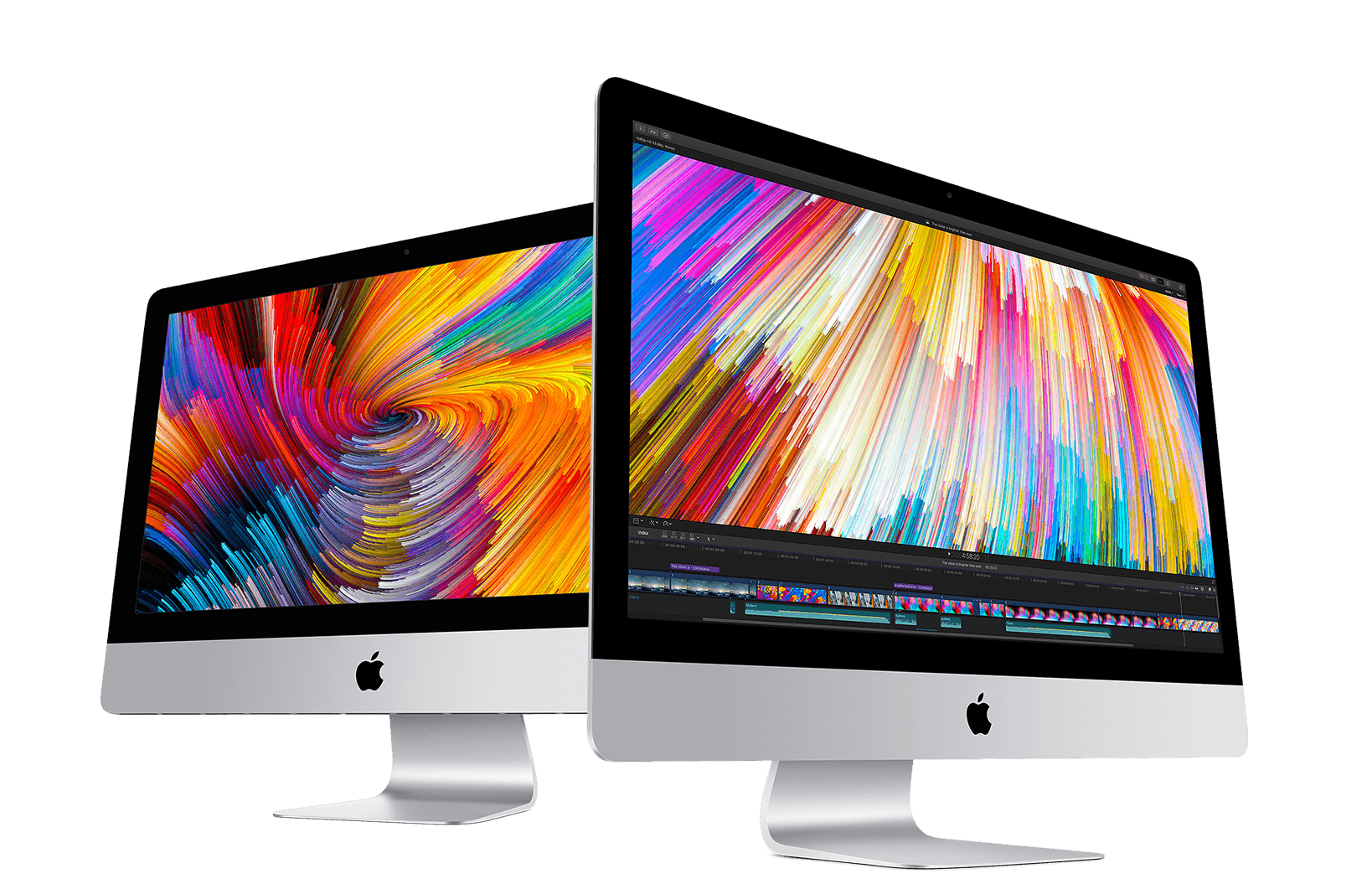Design and connections
The E8000 doesn’t look quite as stylish as the ES8000, as it’s not as slim and doesn’t have as narrow a bezel around the screen. This is of course because it uses plasma rather than LED display technology. Nevertheless, by plasma standards it’s still, on the whole, a good looking set. I like the way the bezel has an attractive transparent lip running around the outside, and the four-pronged stand is also a bold design statement.
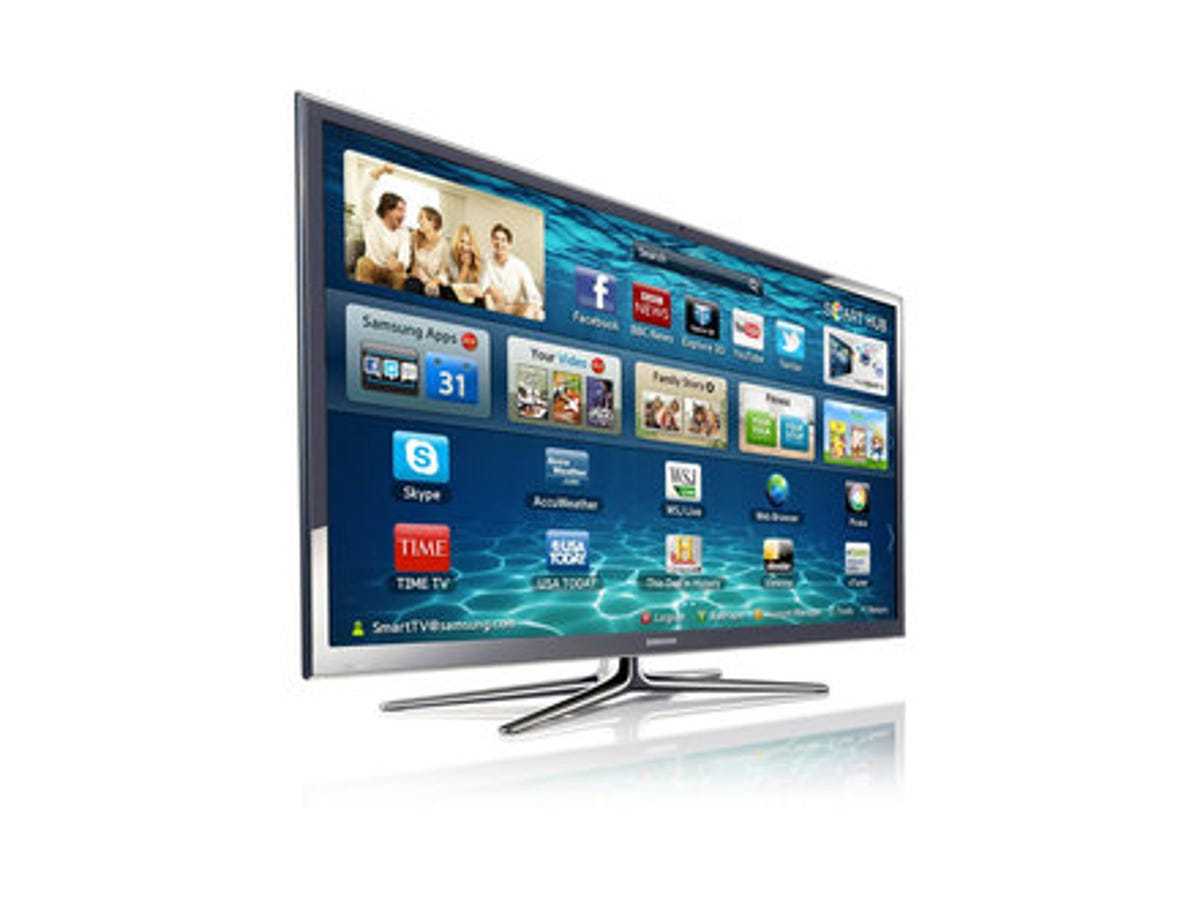
It’s by no means a stunning set, but it’s definitely managed to avoid a run-in with the ugly stick.
Strangely when it comes to connections, Samsung has only equipped it with three HDMI ports, whereas you’d usually find four of them on similar sized TVs from rival manufacturers. Nevertheless, the TV does have Ethernet, Wi-Fi and Bluetooth built in and there are both RF and satellite aerial inputs, as it has both Freeview HD and Freesat HD tuners onboard.
You also get three USB ports, to which you can connect a hard drive in order to enable the PVR-style recording features. There’s also a set of full sized component inputs, and you can connect Scart devices to the set via the RGB extension adaptor cable.
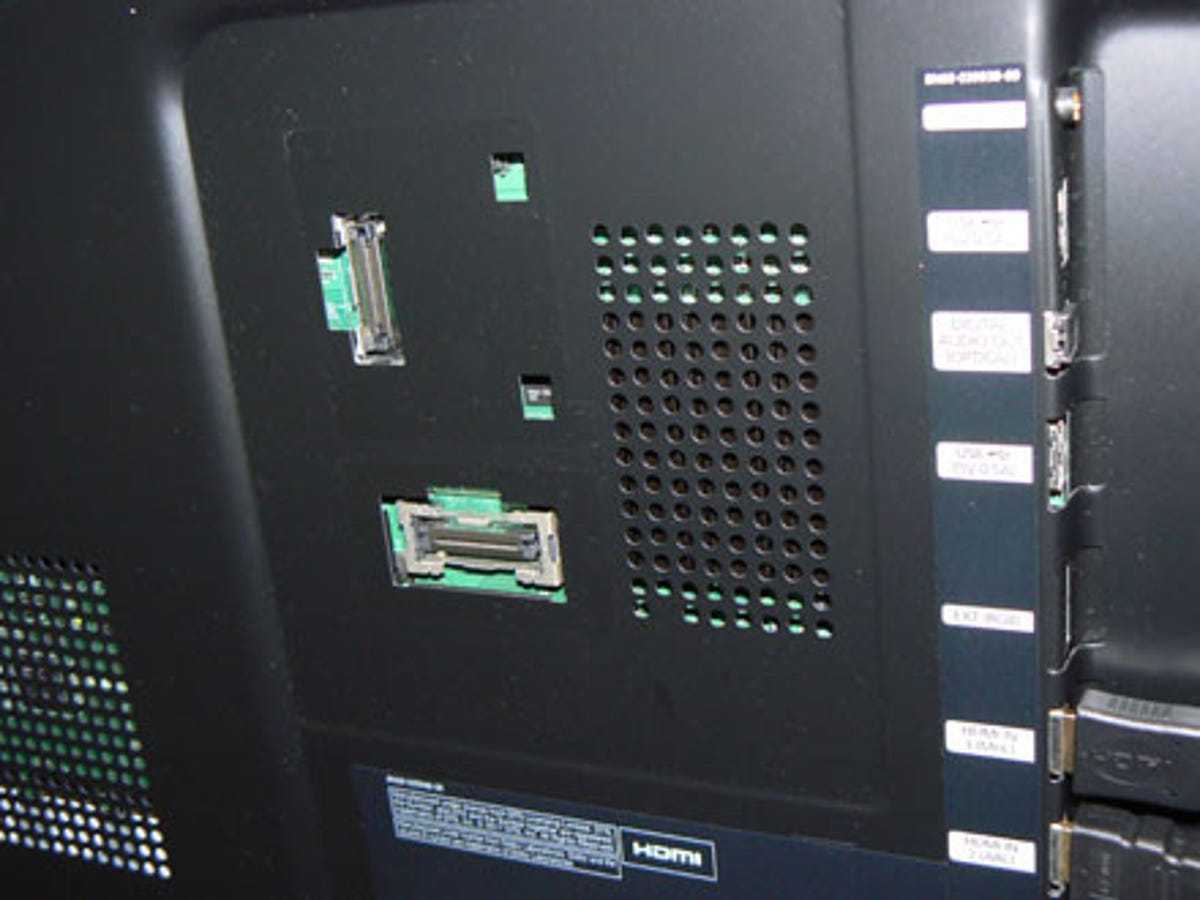
On the rear of the TV you’ll find an expansion socket that is designed to allow you to upgrade its Smart TV features at a later date.
The rear of the set has an expansion port, which Samsung says will allow people to upgrade the set’s Smart TV’s feature in the future via a plug-in board. This sounds good in theory, but there’s no indication as to when these boards will become available or how much they’ll cost.
Digital media
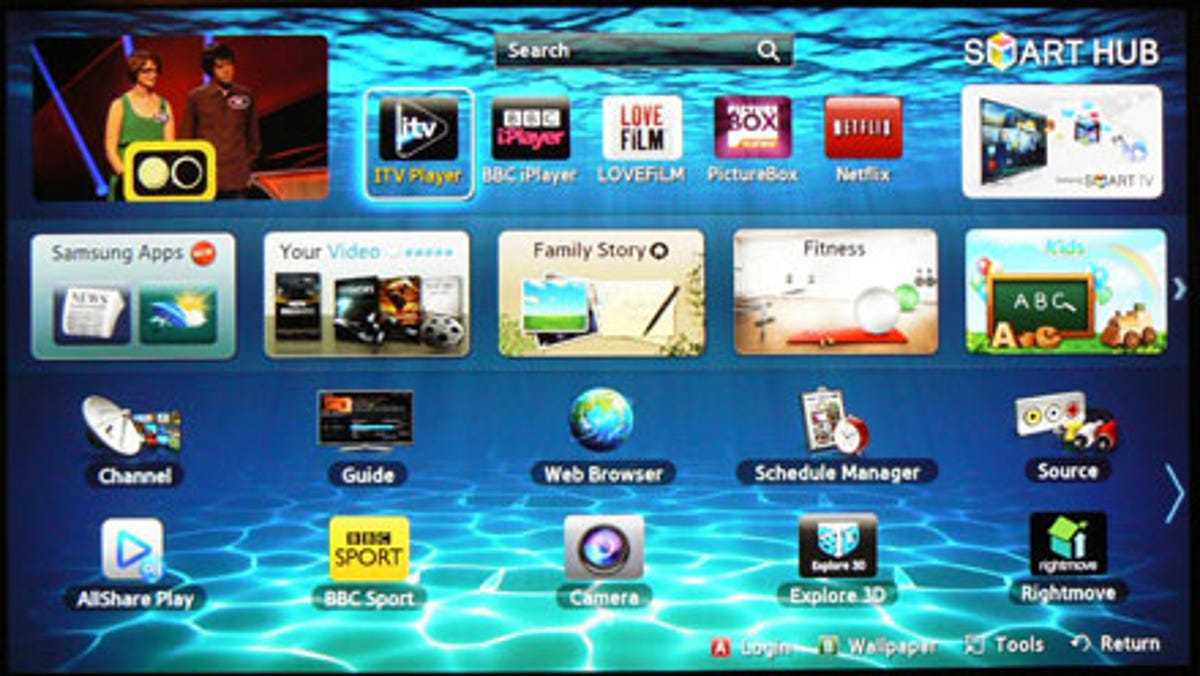
The TV supports ITV Player as well as BBC iPlayer, Lovefilm and Netflix.
There are plenty of other services such as the Acetrax and PictureBox movie rental options and news and information apps from BBC Sport, USA Today and Accuweather. The TV also has a built-in browser, which supports video playback on some sites — but not all — and is a tad sluggish to use. We can’t see anyone making use of it instead of the browser on their tablet, for example.
A major bonus of this model is its Skype software. As the TV has both a camera and microphone built in, you can make video calls right from the comfort of your sofa. It works extremely well, and both the speech and video quality is surprisingly good.
The TV also has a digital media player on board. This worked with Xvid and DivX files, but when it came to MKV files, they would only play locally from USB devices — they wouldn’t stream across a network from a NAS drive.
2D picture quality
To be clear from the outset, the PS51E8000 produces very likeable pictures. It really does an excellent job of delivering images with great naturalness and tonal sophistication. They may lack the extra burst of brightness that you get on the company’s LED models, but in some ways colours look more real because of it.
HD sources are pin-sharp, and Samsung’s upscaling isn’t half bad either. It does introduce a little bit of extra picture noise, but upscaled images definitely look cleaner than they do on Samsung’s ES6500 model, which I tested recently.
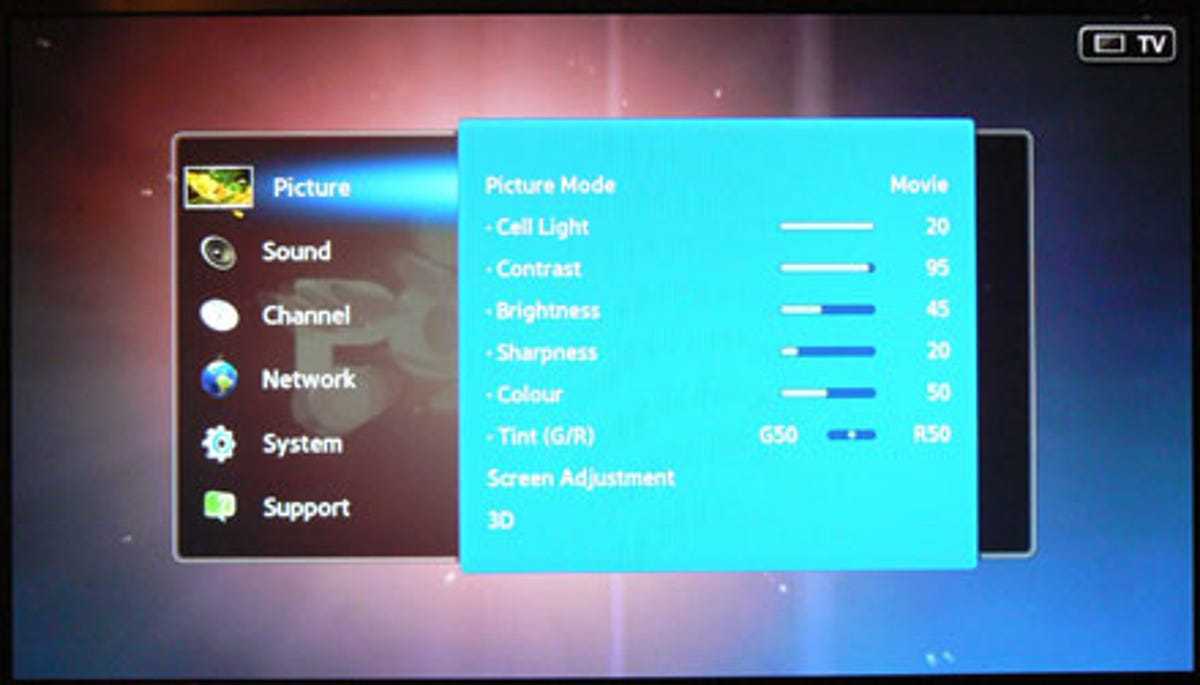
Picture quality is very good, even if it does lack a bit of the extra depth that you’ll get from Panasonic’s 2012 plasmas.
Motion is very nicely handled too — one of the inherent benefits of plasma technology — making the set the ideal partner for a night in watching the footy.
User interface and EPG
Samsung has consistently delivered TVs with great looking user interfaces and the E8000 is thankfully no different. The menus are centred around a colourful homescreen from where you can access most of the TV’s key features, from smart apps to the EPG. It can still take a little while to find your way around all the features, but there’s less of the duplication within the menu than on the system used on LG’s TVs.
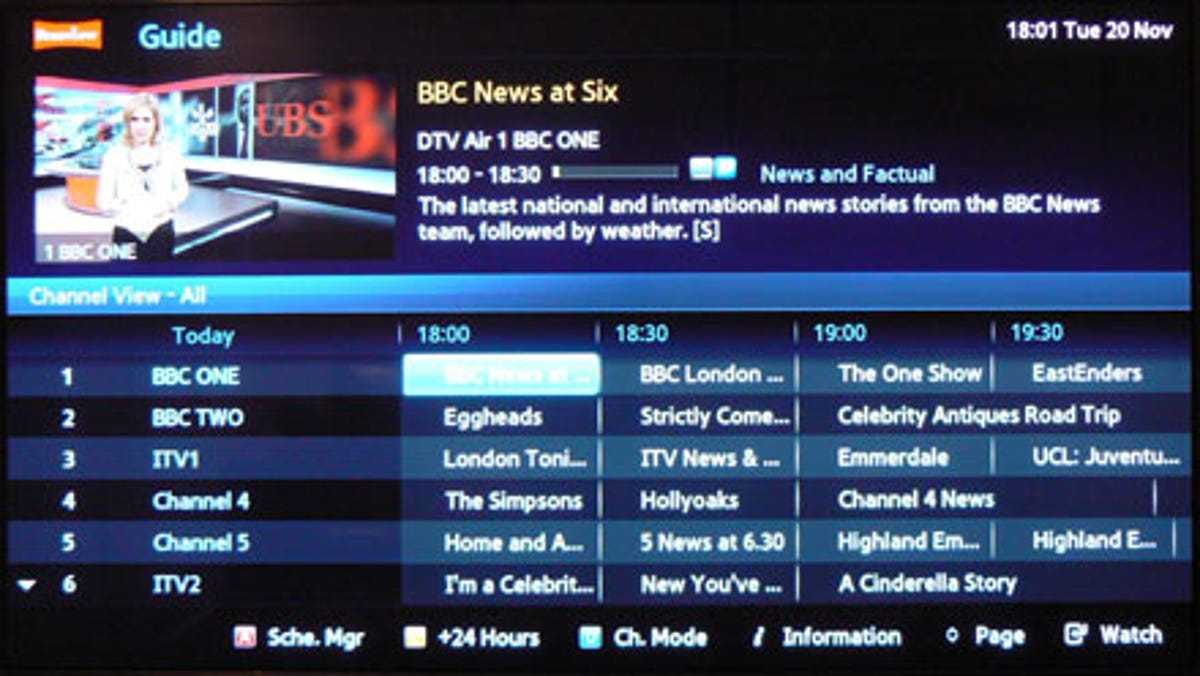
The EPG is one of the better ones you’ll find on today’s TVs.
The EPG is top notch too. The layout is bright and eye-catching, and there’s an integrated video thumbnail window, so you can keep track of what you were watching while you peruse the programming guide. The only slight annoyance is that when you’re watching a program and hit the Info button, it only shows a single line of the programme description.
Voice control
The E8000 is the top-of-the range model in Samsung’s current plasma lineup, so it’s no surprise to find that like the company’s high-end LED sets, you can control it via voice and motion as well as the standard TV zapper.
To use the voice control there are two trigger phrases. You either say «Hi TV» or «Smart TV». Unfortunately you have to select which one you want to use manually in the menu as you can’t just randomly swap between them.

Do as I say, Mr TV, or there’ll be trouble.
The TV has a microphone built in to the chassis to pick up what you say, but there’s also one on the touchpad remote that Samsung supplies with the TV. The integrated mic works pretty well as long as there’s not too much background noise in your room or you don’t have the volume level set too high. Alternatively you can use the mic integrated into the touch remote, meaning you don’t have to use the trigger word and can then just press the button on the remote and speak. But if you’ve got the remote in your hand anyway, why wouldn’t you just use the normal buttons?
There aren’t that many voice commands you can actually use. It’s limited to stuff like changing the channel or adjusting the volume level. You can also launch a few of Samsung’s Smart apps, but not third party apps.
The voice commands work reasonably well, but voice control is quite slow to react and there aren’t enough commands to make it really useful. Voice control can’t be used inside the Smart apps for example, and by the time you’ve said the trigger phrase and waited for the TV to respond, you could have just picked up the remote and changed channel.
Motion control
The TV also has a built-in camera that it uses for motion control. To let the set know you want to control it using motion, you have to raise your hand and wave it over and back with your palm facing outwards. This calls up a cursor onscreen that you can then move around with your open palm. To select something onscreen you close your palm into a fist.
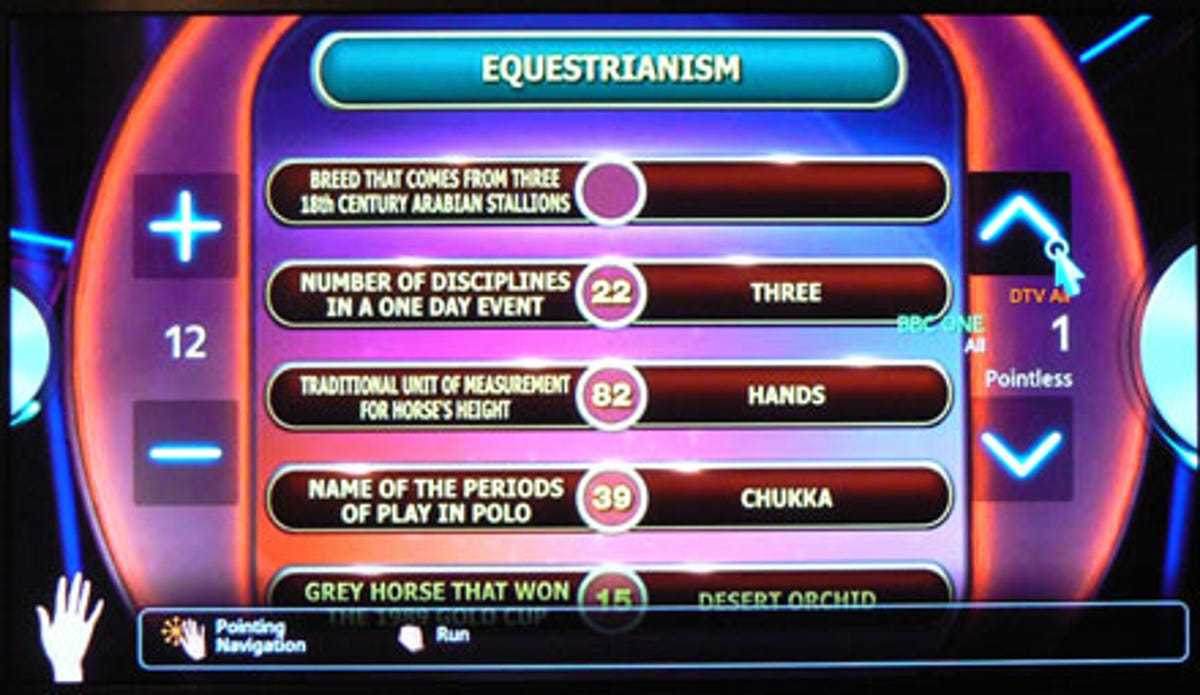
Wave your hand in the air like you just don’t care.
The motion tracking tends to work reasonably well in a bright room, but usually doesn’t work at all in a darker room. Holding your palm up in the air becomes tiring after a short while as it feels unnatural. The granularity of the control isn’t quite fine enough for certain tasks, such as controlling the Web browser. Trying to scroll up and down on a webpage is annoyingly hit and miss. Minority Report it most certainly is not.
And this is the crux of the problem with the voice and gesture controls. While they’re fun to try out when you initially get the TV, after a day or two you’re unlikely to ever use them again, as it’s just not worth the effort. When Apple introduced touch control on the iPhone people loved it because it was so much more intuitive than using a stylus. But here Samsung has introduced two control systems that are just slower and more difficult to use than a normal TV remote control.
While there are quite a few reasons this TV is worth your consideration, the voice and motion controls aren’t among them.
Samsung PS51E8000 129.5 cm (51″) Full HD Smart TV Wi-Fi Black
The Samsung PS51E8000 TV is a model with Plasma technology, a screen diagonal of 129.5 cm, a screen resolution of 1920 x 1080 pixels, an aspect ratio of 16:9, 3 HDMI ports to connect a Blu-ray player, DVD, a game console, etc., 3 USB ports to connect an external hard drive, a Chromecast, a Bluetooth receiver etc., Ethernet port to connect to the internet via cable, internet connection via Wi-Fi, in addition to the rest of the features listed below.
Release date: 2013-08-09.
| Exhibition | |
|---|---|
| Brand | Samsung |
| Model | PS51E8000 |
| Aspect ratio | 16:9 |
| HDMI ports | 3 |
| USB supports | Yes |
| Ethernet sockets | Yes |
| USB ports | 3 |
| Ultra slim TV | No |
| Type | Plasma |
| Curved TV | No |
| Size diagonal | 129.5 |
| Resolution | 1920 x 1080 |
| Colour | Black |
| No. of speakers | 2 |
| Total speaker output | 20 |
| Internet access | Yes |
| Smart TV | Yes |
| Wi-Fi | Yes |
| Miracast screen mirroring support | Yes |
| Voltage requirement | 220 — 240 |
| Power consumption standby | 0.5 |
| Short description | Samsung PS51E8000, 129.5 cm (51″), 1920 x 1080 pixels, 3D, Smart TV, Wi-Fi, Black |
| Long description | Samsung PS51E8000. Display diagonal: 129.5 cm (51″), Display resolution: 1920 x 1080 pixels, HD type: Full HD, Display technology: Plasma. 3D. Smart TV. Native aspect ratio: 16:9. Digital signal format system: DVB-C,DVB-S2,DVB-T2. Wi-Fi, Ethernet LAN. Product colour: Black |
| HD type: | Full HD () |
| Display resolution: | 1920 x 1080 pixels |
| Display technology: | Plasma |
| Native aspect ratio: | 16:9 |
| High frequency rate: | 600 Hz |
| Display diagonal: | 129.5 cm (51″) |
| Audio | |
| RMS rated power: | 20 W |
| Audio system: | SRS TruSurround, Dolby Digital Plus, Dolby Pulse |
| Built-in subwoofer: | No |
| Number of speakers: | 2 |
| TV tuner | |
| Digital signal format system: | DVB-C,DVB-S2,DVB-T2 |
| Tuner type: | Analog & digital |
| Ports and Interfaces | |
| Card reader integrated: | No |
| Consumer Electronics Control (CEC): | Anynet+ |
| RF ports quantity: | 2 |
| SCART ports quantity: | 1 |
| Audio input for DVI: | Yes |
| Composite video in: | 1 |
| Component video (YPbPr/YCbCr) in: | 1 |
| Common interface Plus (CI+): | Yes |
| USB 2.0 ports quantity: | 3 () |
| Ethernet LAN (RJ-45) ports: | 1 |
| HDMI ports quantity: | 3 () |
| PC in (D-Sub): | No |
| Energy monitoring | |
| AC input frequency: | 50 — 60 Hz |
| AC input voltage: | 220 — 240 V |
| Power consumption (standby): | 0.5 W |
| Power consumption (typical): | 186 W |
| Weight and measurements | |
| Width (with stand): | 1193 mm |
| Weight (without stand): | 21.3 kg |
| Height (without stand): | 71.3 cm |
| Depth (without stand): | 4.81 cm |
| Width (without stand): | 119.3 cm |
| Weight (with stand): | 23.6 kg |
| Height (with stand): | 806.3 mm |
| Depth (with stand): | 309.3 mm |
| Connection | |
| Wi-Fi: | Y () |
| Ethernet LAN: | Y () |
| Browser supported: | Yes |
| Management Features | |
| Sleep timer: | Yes |
| On/Off timer: | Yes |
| Number of OSD languages: | 29 |
| On Screen Display (OSD): | Yes |
| Electronic Programme Guide (EPG): | Yes |
| Picture-in-Picture: | Yes |
| Other features | |
| Energy efficiency class (old): | C |
| Digital Living Network Alliance (DLNA) certified: | Yes |
| Annual energy consumption: | 272 kWh |
| Built-in speaker(s): | Yes |
| Wi-Fi ready: | No |
| 3D: | Yes |
| Design | |
| VESA mounting: | Y () |
| Product colour: | Black |
| Performance | |
| Teletext: | 1000 pages |
| Teletext function: | Yes |
| Smart TV | |
| Internet TV: | Yes |
| Smart TV: | Y () |
| Packaging | |
| Remote control included: | Yes |
| Remote control type: | TM1290, TM1250B |
| Manual: | Yes |
| Package width: | 1300 mm |
| Package depth: | 330 mm |
| Package height: | 836 mm |
| Package weight: | 29.8 kg |
3D picture quality
The E8000 is no slouch when it comes to 3D. Samsung includes two pairs of active 3D glasses with the set and these are very light, if a little bit on the fiddly side to wear. Naturally the glasses do dim the images from the TV a tad, and in this regard 3D pictures don’t look quite as attention-grabbing as they do on Samsung’s LED models. Pictures also seem to be noisier in 3D than in 2D.
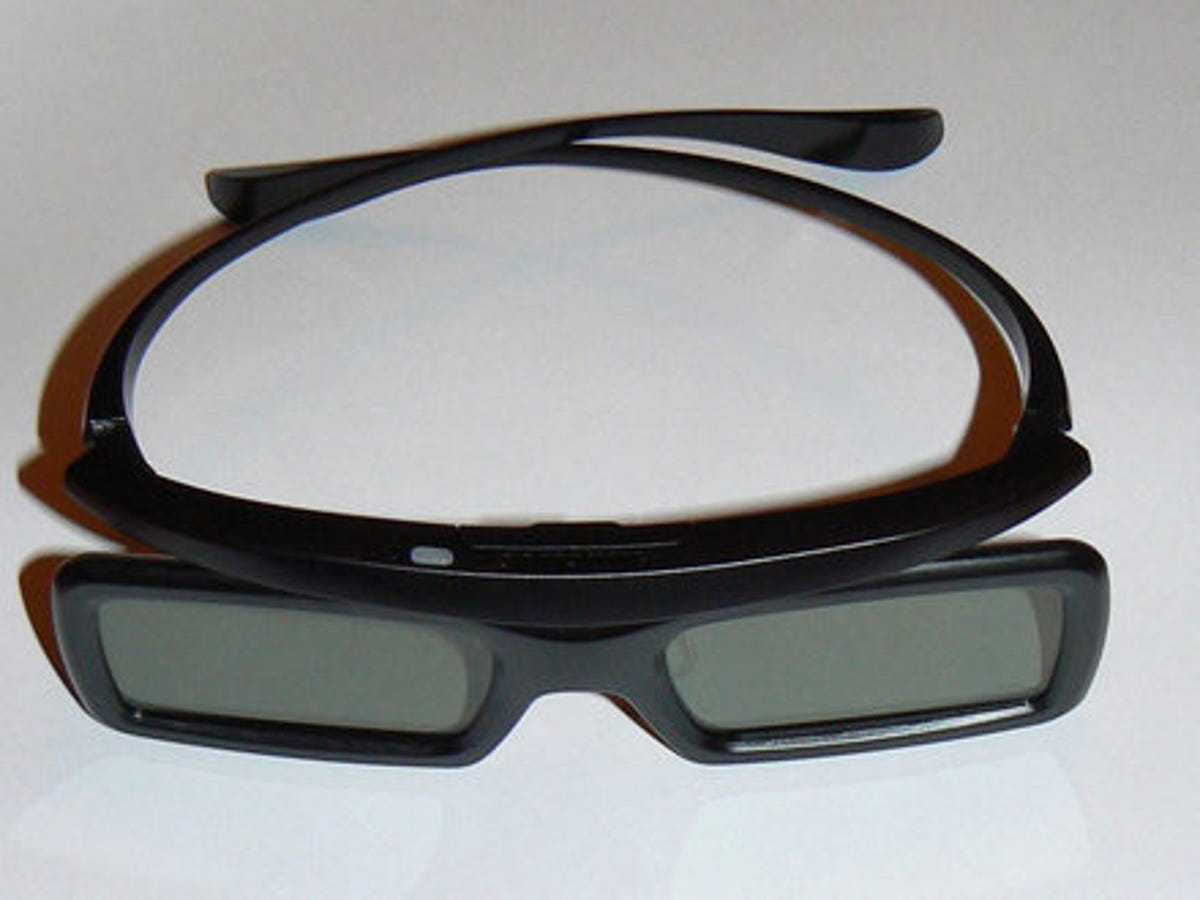
The set comes with two pairs of 3D glasses.
The good news, however, is that 3D pictures look every bit as sharp as 2D images. There’s almost no crosstalk when you’re watching 3D movies, which really helps to draw you into the experience, especially if you’re watching one of the better 3D titles, such as Scorsese’s Hugo.
